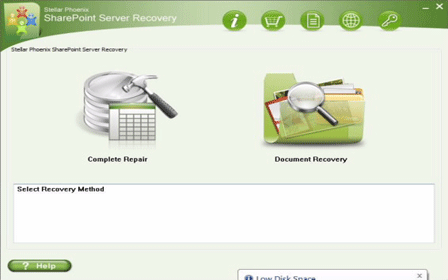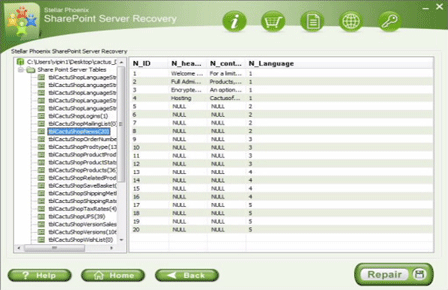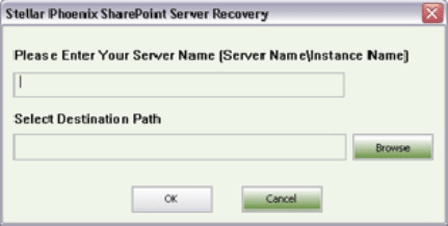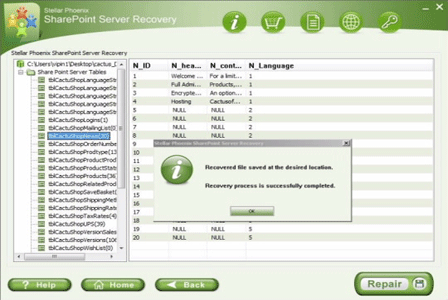What to do when getting a standard “Correlation ID” SharePoint error message?
Published by Jacob Martin on March 3, 2015
SharePoint 2010 has appreciably enhanced the error troubleshooting with the introduction of “correlation ids”. Those IDs are specially designed for an easier troubleshooting procedure when searching at SharePoint ULS logs (where they are referenced), but they generally needs that you have 1) access to the SharePoint server where the error appears (which cannot be very easy in load-balanced environments) and that 2) you get a snapshot of the ULS log file as soon as the error appears.
To make troubleshooting process easy, it is recommended that you to turn on some settings so that you will see the complete load trace of the error on the page where it appears. Of course, those settings must be turned back off after the completion of troubleshooting.
Bellow the instructions are given to turn on full stack trace error messages (instead of standard “Correlation ID” error messages) in a SharePoint 2010 environment:
- Open the web.config file for your web application’s area on the SharePoint web front end server(s)
- Find “CallStack” and set the value to true
- Also find a customErrors and set the mode attribute to “Off” (with an uppercase O, this is significant)
- Save the web.config file
- If the error appeared on a layouts page (i.e. a page whose Url contains “_layouts”), go to the C:Program FilesCommon FilesMicrosoft SharedWeb Server Extensions14TEMPLATELAYOUTS folder for SharePoint 2010 or the C:Program FilesCommon FilesMicrosoft SharedWeb Server Extensions15TEMPLATELAYOUTS folder for SharePoint 2013.
- Open the web.config file in that folder and set mode=”Off” for the node
- Save the file and go to the page where the error appeared. You must now see the full stack trace of the error message
- After all or completing the troubleshooting remembers to set those settings back to their original values.
 |
 |
 |
The above given steps will make your SharePoint database error free, if you are unable to get rid of error messages then it is clear that the problem is serious and you have to apply the professionally designed SharePoint Database repair tool. This tool is able to deal with any types of corruption with ease. The user interface of this tool is very easy to understand and one can easily operate it without need of any professional knowledge. If you are a new user and unable to restore your database due to lack of knowledge or without backup file then this tool is specially designed for you, because this tool is able to repair database without need of any backup file and one can easily operate this tool.
Conclusion: If you are not able to make your database error free due to any problem, then apply third party tool.
User Guide:
- Firstly launch the SharePoint Recovery Tool you would find an interface. This interface screen displays two options to recover SharePoint data: ‘Complete Repair’ and ‘Document Recovery’ Select as per your requirement.

- If you choose ‘Complete Repair’, the screen will show the options for selecting and searching SQL Server (.MDF) files. Click on ‘Select File’ to select a SharePoint database for repair. If you do not know the actual path of the database which you want to repair, click on the ‘Search File’ to locate the MDF file in a specific drive. After selecting the desired file initiate the scanning process
- After finishing the scan, the software would generate a tree of all SharePoint database tables and will display it in the left pane. You can select the table in the tree and can have the entire preview in the right pane. Then Click on ‘Repair’ to begin repairing for the selected database.

- After clicking on ‘Repair’, this dialog box will appear. Specify the SQL Server name or Instance name and the desired destination path. Click on the ‘Browse’ option to choose the destination path. And select ‘OK’ button.

- Once this process gets completed, you would find a dialog box that displays this message ‘Recovered file saved at the desired location. This shows that Recovery Process has successfully completed’. And select ‘OK’ button.

- You would find another dialog box that asks whether you want to attach the repaired database to the web application. If you click on ‘Yes’ button, the above dialog box will be displayed. In the web application URL type, the name of the corrupt database and SQL Server Instance name. Then Select ‘OK’ button and proceed. When the process gets finished, you would be able to access the repaired database by opening the web application.

